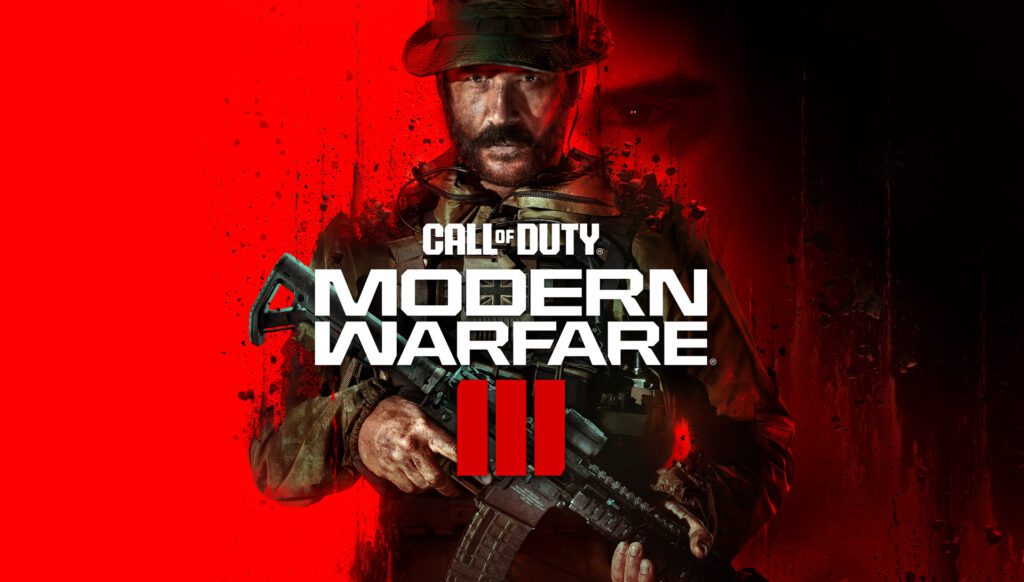This content is an article that introduces the mechanics and use of tactical simulations in modern warfare. It highlights the benefits and training applications of tactical simulations, as well as the advancements that have been made in recent years. The article discusses the mechanics of tactical simulations, including their realism and accuracy, as well as the incorporation of artificial intelligence and reactive enemies. It explores the various uses of tactical simulations in warfare, such as training, analysis, and strategy development. Additionally, the article discusses the advancements in tactical simulations, including the use of virtual reality, simulated weapons and equipment, and multiplayer and online capabilities. The conclusion emphasizes the importance of tactical simulations in modern warfare and their role in enhancing soldiers’ skills, strategic thinking, and team coordination.
Introduction
Tactical simulations have become an integral part of modern warfare training and strategizing. These virtual environments allow military personnel to immerse themselves in realistic scenarios, providing an invaluable opportunity to practice decision-making, coordination, and situational awareness. In this article, we will explore the mechanics and use of tactical simulations in modern warfare, delving into their benefits, training applications, and the advancements that have been made in recent years.
The Mechanics of Tactical Simulations
Tactical simulations utilize advanced computer software and hardware to replicate battlefield environments with a high level of accuracy. These simulations incorporate realistic elements such as terrain, weather conditions, and weapon mechanics, creating a dynamic and immersive training experience. They can be run on personal computers, consoles, or custom-built simulation platforms.
Realism and Accuracy
One of the key goals of tactical simulations is to provide a realistic and accurate representation of warfare scenarios. This includes recreating different types of terrain, including urban, desert, forest, and mountainous environments. Additionally, the simulations aim to accurately portray the physics and interactions of weapons and vehicles, including recoil, ballistics, and damage models.
Artificial Intelligence and Reactive Enemies
Tactical simulations employ sophisticated artificial intelligence algorithms to create reactive enemies. These enemies can adapt their strategies, coordinate attacks, and respond to the actions of the player or team. This dynamic element adds an extra layer of challenge and realism to the training experience, better preparing individuals for the complexity of actual battlefield scenarios.
The Use of Tactical Simulations in Warfare
Tactical simulations have a wide range of applications within modern warfare, including training, analysis, and strategy development.
Training and Skill Development
One of the primary purposes of tactical simulations is to provide effective and cost-efficient training for military personnel. Simulations allow soldiers to practice various tactics, such as squad movements, proper use of cover, and coordination with teammates, without the risk of physical harm. These virtual environments also enable individuals to develop critical decision-making skills under pressure.
Scenario Analysis and Tactics Testing
Tactical simulations serve as valuable tools for analyzing different scenarios and testing strategies. Military commanders can assess the viability of different tactics and evaluate the potential outcomes of various courses of action. By conducting simulations, commanders can refine their plans and identify potential weaknesses or vulnerabilities that may arise during combat situations.
Team Coordination and Communication
Tactical simulations facilitate team coordination and communication exercises. Soldiers can practice working together in a virtual environment, honing their ability to communicate critical information, coordinate movements, and adapt quickly to changing circumstances. This helps build trust, cohesion, and efficiency within military units.
Advancements in Tactical Simulations
Over the years, tactical simulations have evolved significantly, incorporating cutting-edge technologies that enhance realism and immersion.
Virtual Reality (VR)
Virtual reality has revolutionized the tactical simulation industry. By using VR headsets and motion tracking devices, soldiers can experience a heightened level of immersion, with 360-degree visuals and realistic interactions. VR simulations enable users to physically move within the virtual environment, providing an added layer of realism to training exercises.
Simulated Weapons and Equipment
Advancements in simulation technology have allowed for the integration of physical weapons and equipment into virtual environments. Soldiers can use realistic replicas of firearms, body armor, and other gear, which enhances the authenticity and familiarity of training experiences. These simulated weapons often incorporate features like recoil and reloading mechanisms, further contributing to the realistic feel of the simulation.
Multiplayer and Online Capabilities
Tactical simulations now commonly offer multiplayer and online capabilities, enabling soldiers to train and compete with individuals from different locations. This feature allows for larger-scale exercises, encouraging collaboration between units and fostering a sense of camaraderie. It also facilitates the sharing of best practices and the development of joint strategies.
Conclusion
Tactical simulations have become vital components of modern warfare, providing realistic and immersive training experiences that sharpen soldiers’ skills, enhance strategic thinking, and promote effective team coordination. With ongoing advancements in technology, these simulations continue to evolve, ushering in a new era of training and preparation in the ever-changing landscape of warfare.
